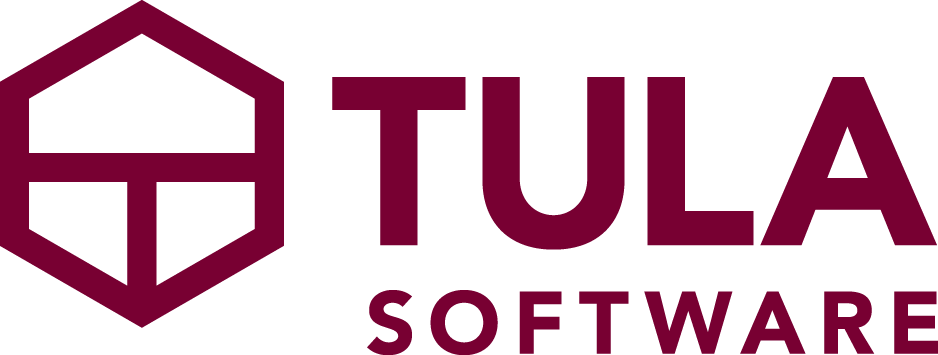One of the things we’ve tried to do with Tula is inject some lessons we’ve learned from the software industry to influence the brick and mortar world of yoga studios. One example of this is in the way we focused on making it super easy for our customers to set their students up on passes that renew each month and automatically charge their credit cards.
Products such as Tula are considered Software as a Service, or SaaS for short. The idea is that instead of purchasing a single desktop license once for the software, our customers find the product useful enough to pay us a small fee every month.
This model isn’t new of course. Cell phone companies, cable companies and others all have business models based on recurring revenue.
But I don’t think a lot of people realize exactly why establishing recurring revenue is so important, and how it can be just as beneficial to small businesses like yoga studios as well.
While the benefits are many, there are three primary reasons that recurring revenue is so important that I’d like to expand on.
1. Loyalty, not volume.
When you’re selling something where you get a one time fee, you’re always only as healthy as your last month/quarter/year. You made 200 sales this month? Great, now how about next month?
It’s a vicious cycle where every month you need to get as many new sales as the month before just to stay in the same place.
But when you begin to focus on the value you can provide customers that come back on a regular basis, you start rewarding loyalty instead of first timers. Instead of always trying to figure out how you’re going to get 100 new people in the door, you focus on how to keep your 10 members happy, and then your 20 members happy, and so on.
Whenever I see a yoga studio running a Groupon, I view it as an indicator they may not have enough recurring revenue.
2. It helps control the cash-flow peaks and valleys
As all small business owners know, revenue is one thing, cash flow is another. Let’s say in order to break even you need to bring in $8,000 per month – just as an example.
You very well might bring in the $24k you need for that quarter, but it’s very likely not going to be evenly distributed. You may have a couple $10k months and a $4k month. The problem is that during that $4k month you still need to make payroll, pay the rent, and keep the lights on.
Now imagine that $4,000 of the $8,000 you need to break even is predictably going to come in the form of monthly memberships. Instead of having an $8k mountain to climb, you’ve cut it in half. Surely some of those members would still have bought on a one time basis, but what you end up creating is at least some predictabilty to your revenue stream.
The result is lower peaks and shallower valleys, and very likely a little less stress when it comes time to pay the bills every month.
3. Building a solid foundation
Most importantly, recurring revenue establishes a solid foundation upon which you can build your business. Using our example, once you have 80 people paying you $99/mo for a membership, you know that every month you can pay your bills. Everything after that is profit.
The result is that you end up with a business that has a strong, solid foundation, with predictable revenue upon which it can grow.
And, even better, you can experiment with different things and new ideas knowing that if something doesn’t work out it isn’t going to end up being catastrophic because you’re working on top of a solid foundation.
